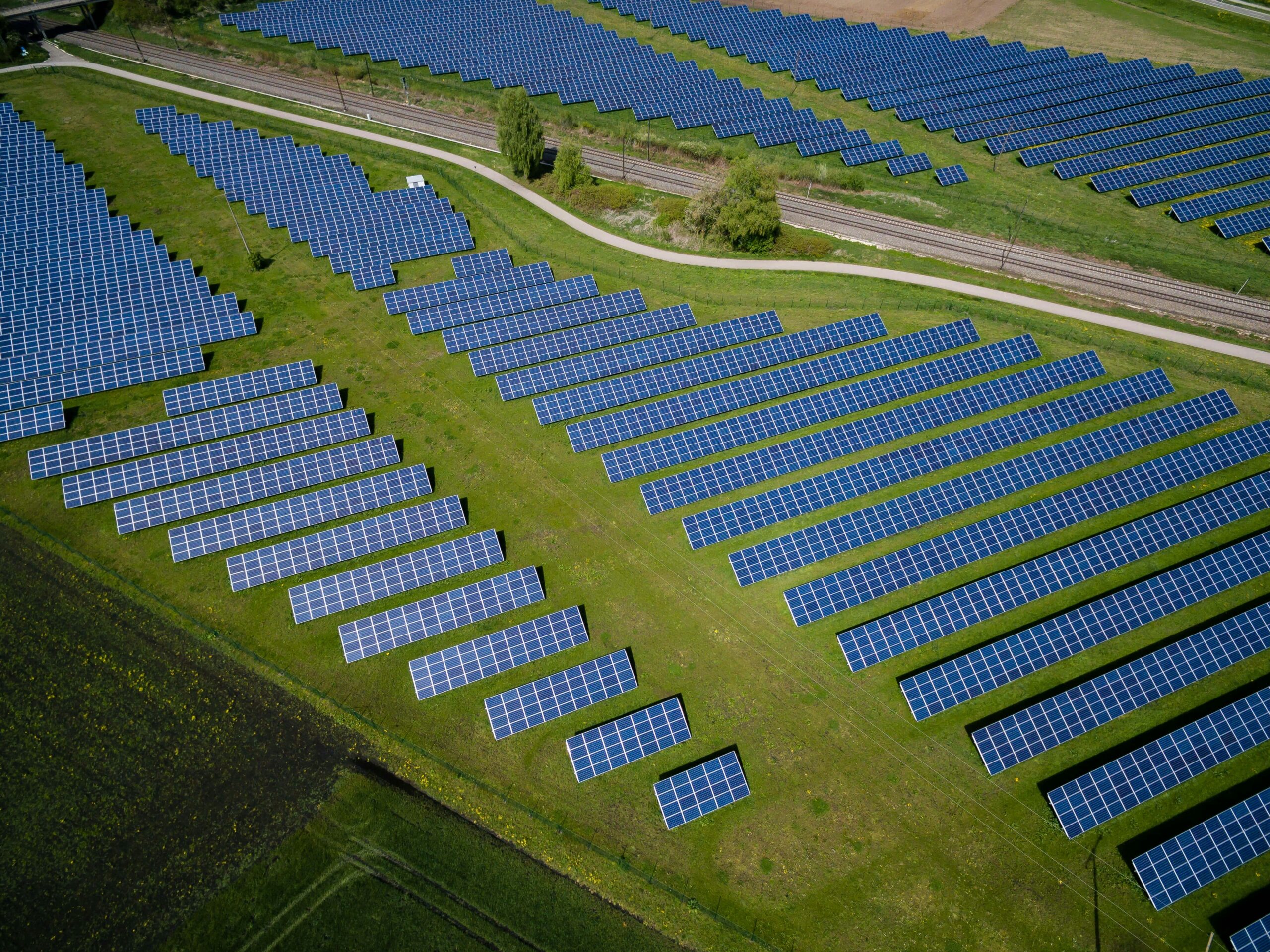Introduction
In today’s world, the importance of renewable energy cannot be overstated. As we strive to reduce our carbon footprint and transition towards a more sustainable future, it is crucial to promote and encourage the use of renewable energy sources. One way to achieve this is through effective user interface (UI) and user experience (UX) design. By creating intuitive and engaging interfaces, we can enhance the user experience and drive adoption of renewable energy practices. In this article, we will explore the role of UI/UX design in promoting sustainable practices in the renewable energy sector.
The Power of UI/UX Design
UI/UX design plays a vital role in shaping the overall user experience. By focusing on the needs and expectations of users, designers can create interfaces that are intuitive, visually appealing, and easy to navigate. In the context of renewable energy, UI/UX design can help bridge the gap between complex technical information and user-friendly interfaces, making sustainable practices more accessible to a wider audience.
Clear and Informative Interfaces
One of the key principles of UI/UX design for renewable energy is to create clear and informative interfaces. Users should be able to easily understand the purpose and functionality of the interface, whether it’s a mobile app for monitoring energy consumption or a web portal for managing solar panel installations. By using simple language, visual cues, and intuitive icons, designers can ensure that users have a seamless experience and can navigate through the interface with ease.
Visualizing Energy Consumption
UI/UX design can also help users visualize their energy consumption in a meaningful way. By presenting data in a visually appealing manner, users can gain a better understanding of their energy usage patterns and make informed decisions to reduce their carbon footprint. Graphs, charts, and interactive visualizations can be used to showcase real-time energy consumption, historical trends, and comparisons with renewable energy sources. This not only empowers users but also motivates them to adopt more sustainable practices.
Seamless Integration with Smart Devices
In the era of smart homes and connected devices, UI/UX design can facilitate the integration of renewable energy systems with various smart devices. By designing interfaces that are compatible with smart thermostats, energy monitoring devices, and other IoT (Internet of Things) technologies, users can easily control and monitor their energy consumption. This seamless integration not only enhances the user experience but also promotes the use of renewable energy in everyday life.
Gamification and Incentives
Another effective way to promote sustainable practices through UI/UX design is by incorporating gamification elements and incentives. By introducing challenges, achievements, and rewards, designers can encourage users to actively participate in energy-saving activities. For example, a mobile app could offer badges for reducing energy consumption or provide discounts on renewable energy products for meeting certain milestones. These gamification elements make the process of adopting renewable energy practices more engaging and enjoyable.
Accessibility and Inclusivity
UI/UX design should also prioritize accessibility and inclusivity to ensure that renewable energy interfaces can be used by a diverse range of users. Designers should consider factors such as color contrast, font size, and screen reader compatibility to make the interfaces accessible to individuals with disabilities. Additionally, localization and translation features can help reach a wider audience and promote sustainable practices on a global scale.
Conclusion
UI/UX design plays a crucial role in promoting sustainable practices in the renewable energy sector. By creating clear and informative interfaces, visualizing energy consumption, facilitating seamless integration with smart devices, incorporating gamification elements, and prioritizing accessibility, designers can enhance the user experience and drive adoption of renewable energy practices. Through thoughtful and user-centric design, we can inspire individuals to embrace renewable energy and contribute to a more sustainable future.





Leave a Reply